Lillagunga Classic User manual
Popular Swing Set manuals by other brands
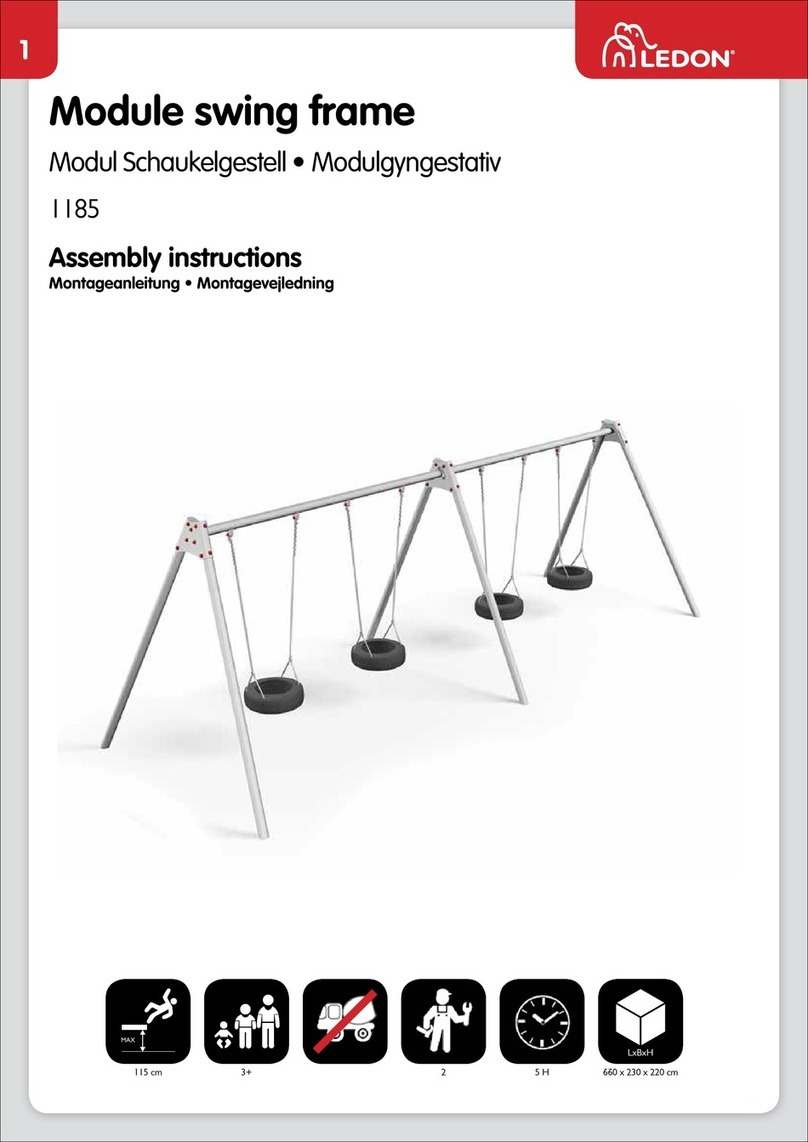
Ledon
Ledon 1185 Assembly instructions
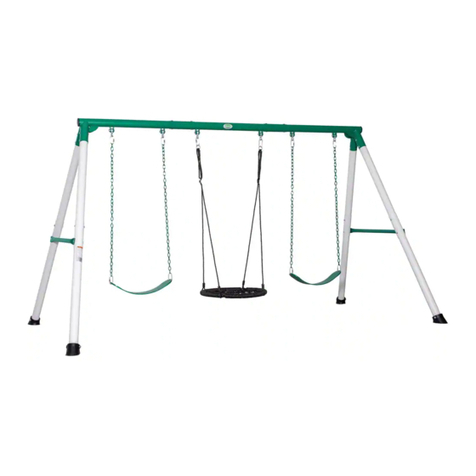
Backyard
Backyard LITTLE BRUTUS 2051171 Owner's manual & assembly instructions

Component Playgrounds
Component Playgrounds CP-PS24-8x10 manual
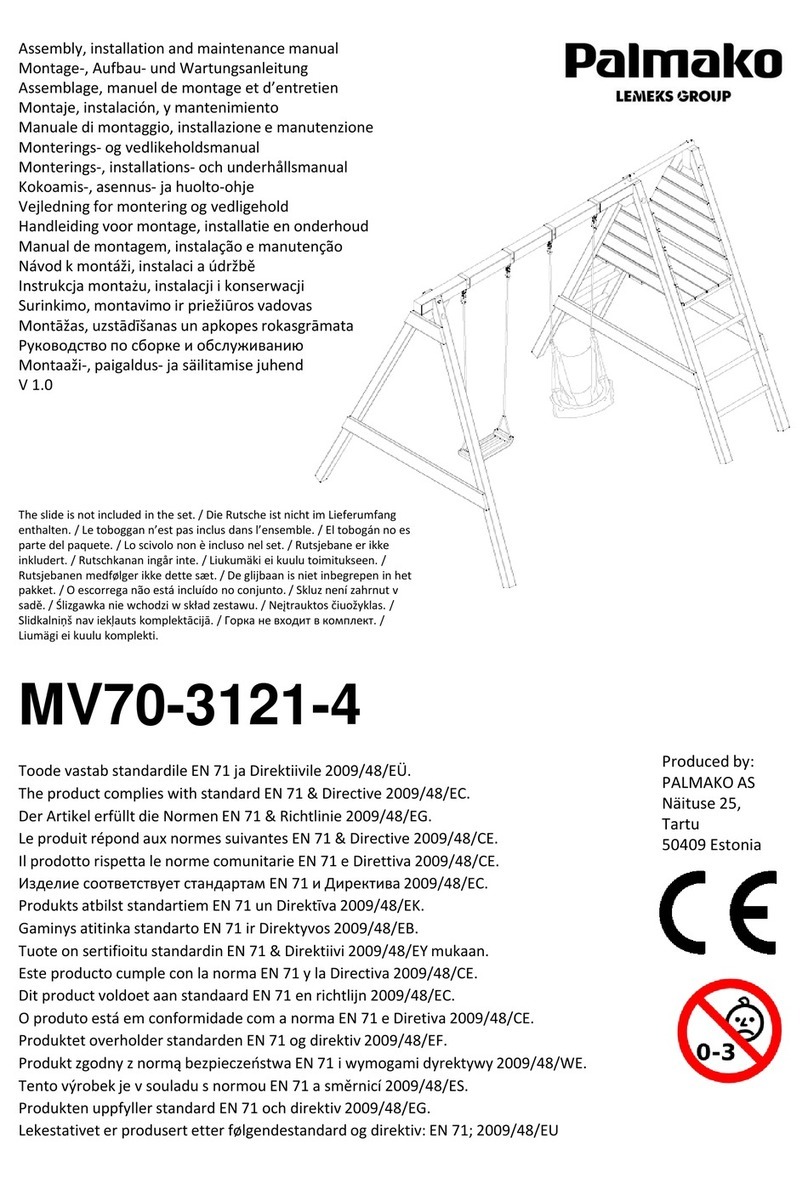
Lemeks
Lemeks Palmako MV70-3121-4 Assembly, installation and maintenance manual
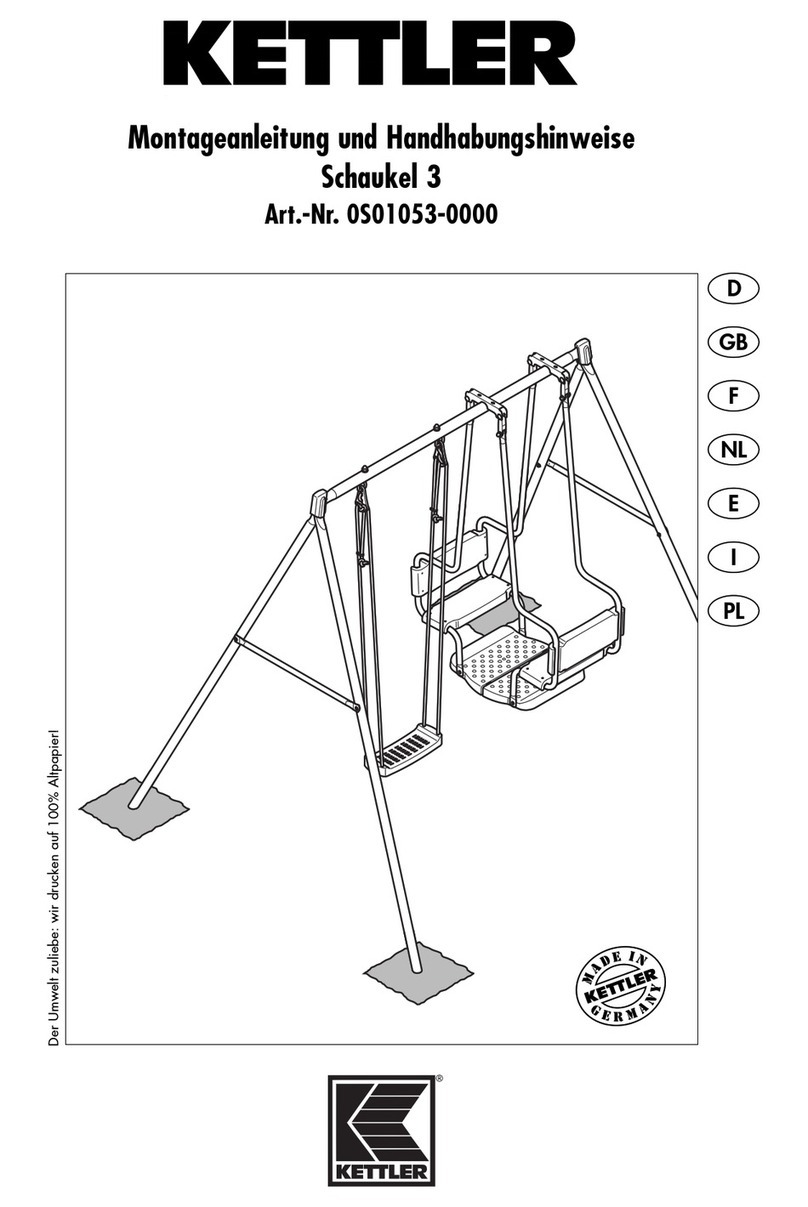
Kettler
Kettler 0S01053-0000 manual
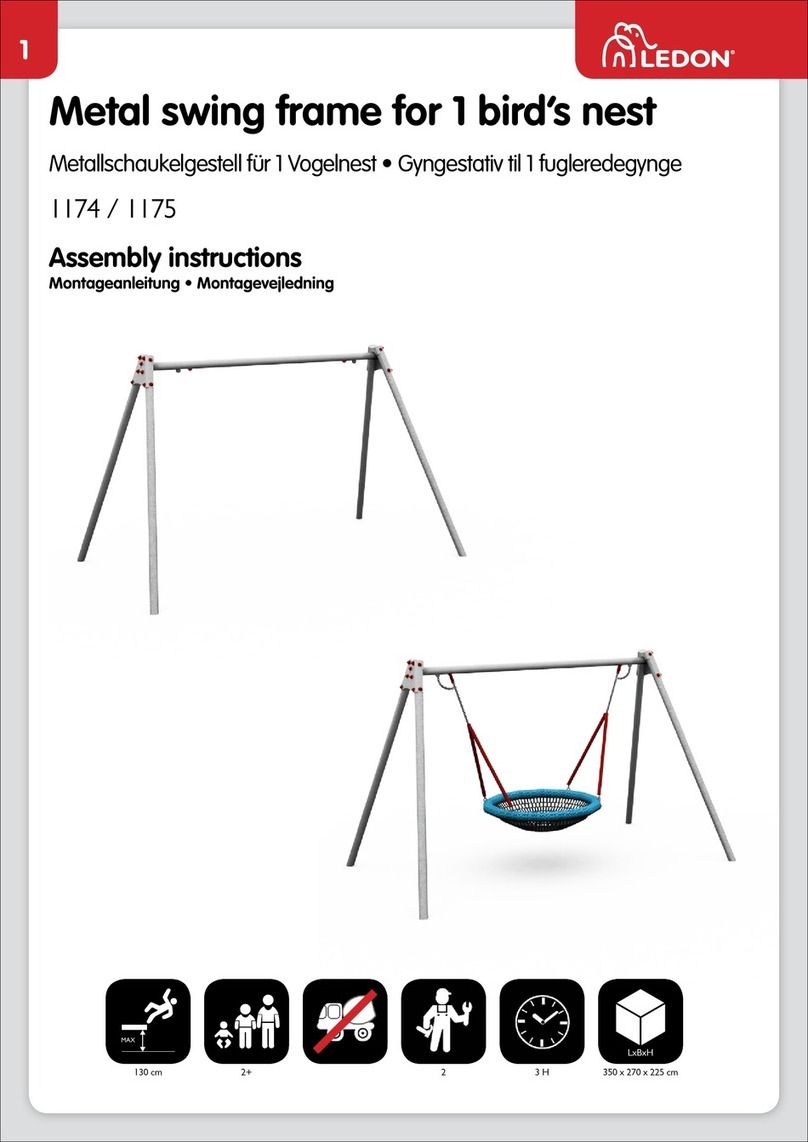
Ledon
Ledon 1174 Assembly instructions

Aleko
Aleko BSW03 quick start guide

Aleko
Aleko BSW08 quick start guide
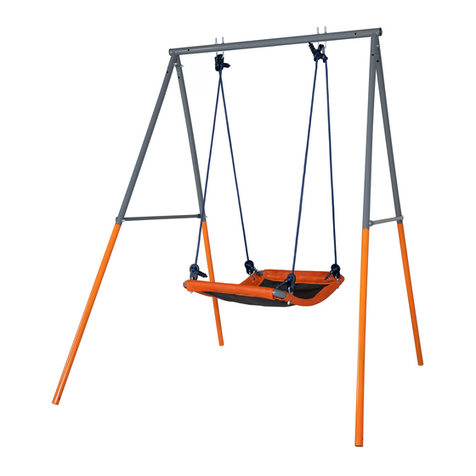
SPORTSPOWER
SPORTSPOWER MY FIRST SKYFLYER Assembly instructions and user's manual

Soulet
Soulet Ambre Assembly instructions
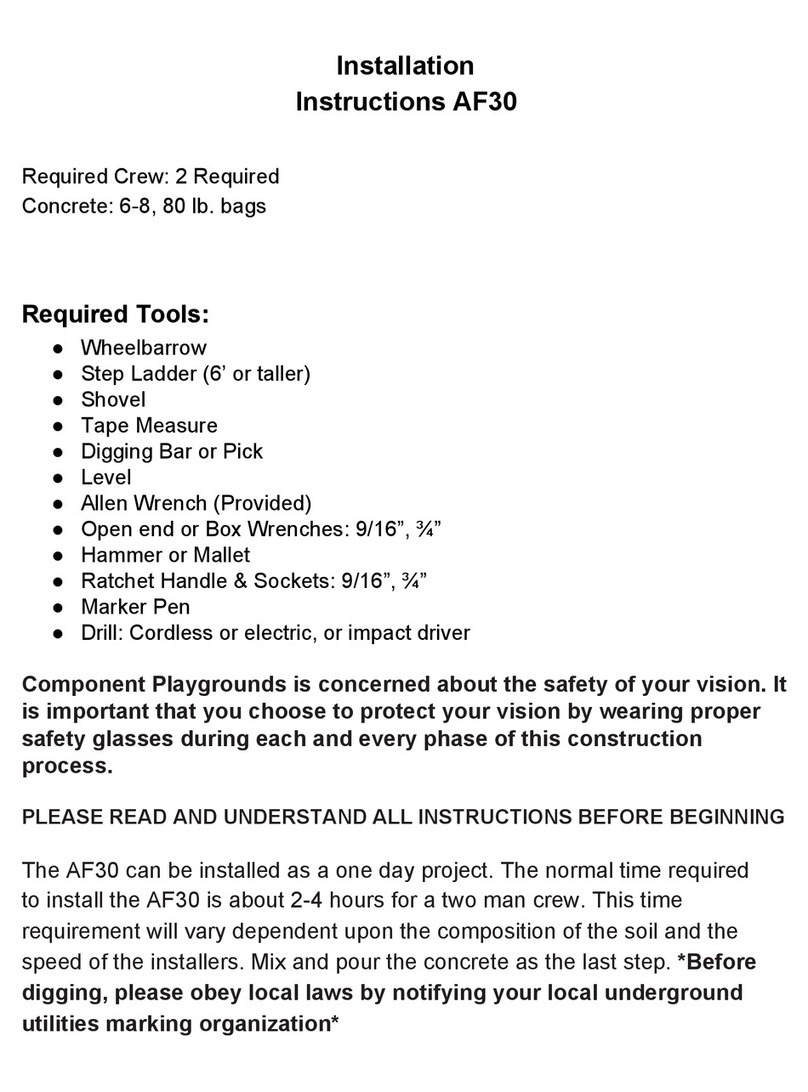
Component Playgrounds
Component Playgrounds AF30 installation instructions

Lakeland Mills
Lakeland Mills CF1128 manual

Trigano
Trigano TE 600 Assembling instructions

Jack-Post
Jack-Post JPC-307OL Use and care guide

Sunnydaze Decor
Sunnydaze Decor LR-629 instructions
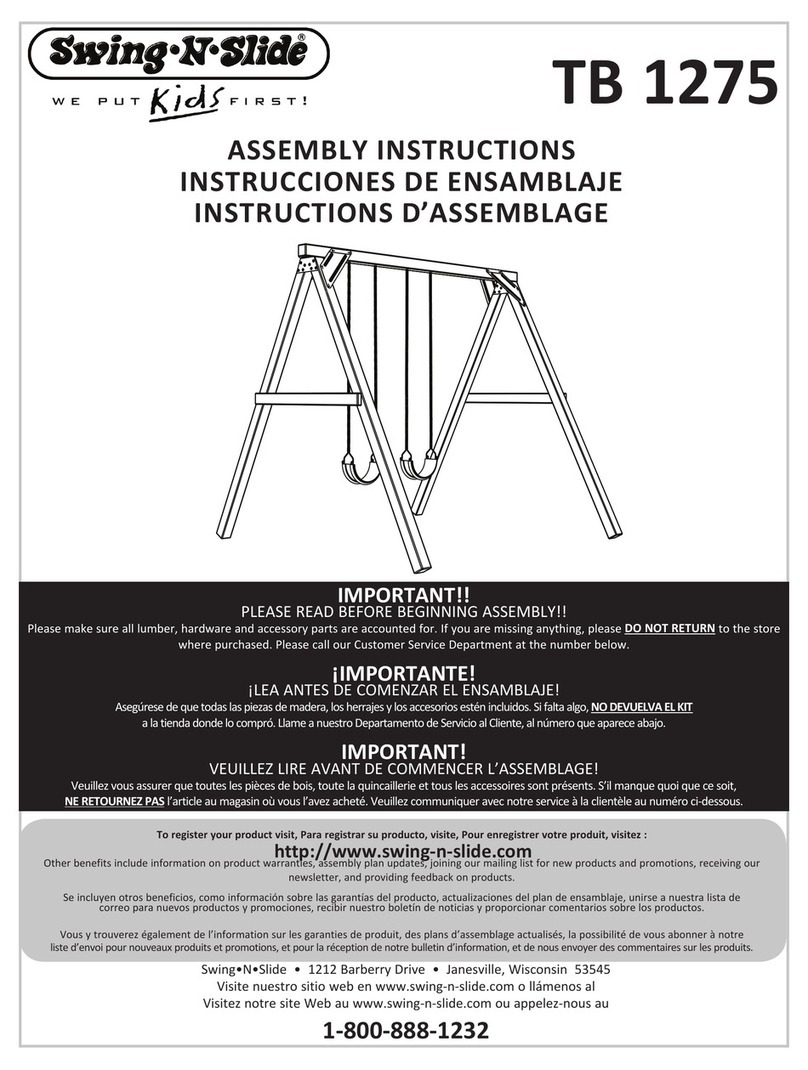
Swing-N-Slide
Swing-N-Slide TB 1275 Assembly instructions

Component Playgrounds
Component Playgrounds AF20 installation instructions

Backyard
Backyard SARATOGA owner's manual

